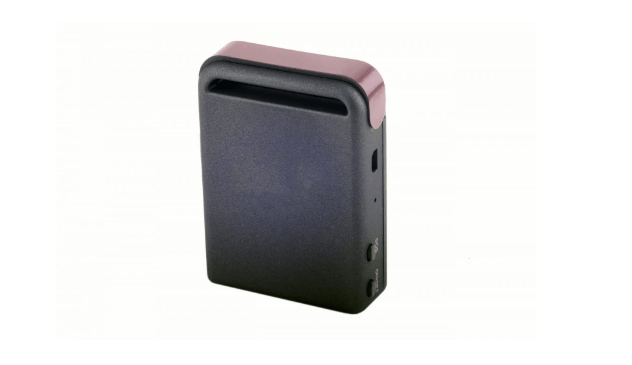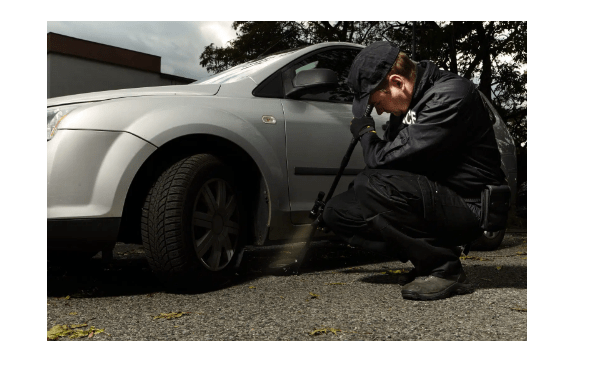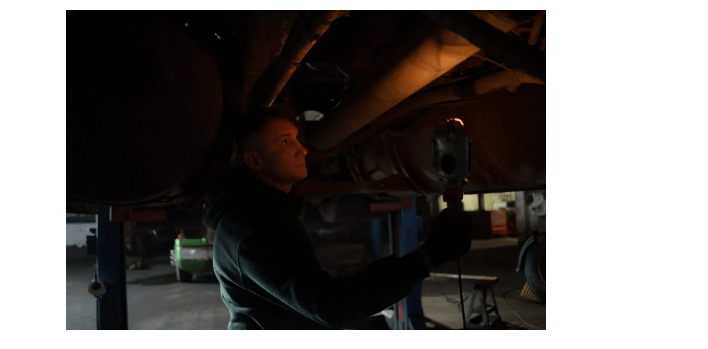The Importance of GPS Tracker Detectors in Today’s World
GPS trackers were once viewed as tools for spying on spouses or used by private investigators. However, they have now become commonplace in industries such as shipping, taxis, and trucking, where they are used to relay important information on location and driving performance. Families also use them to track the whereabouts of teen drivers and even attach portable ones to children’s backpacks to ensure their safety. GPS trackers are even used to tag pets to track their movements.
While GPS trackers can be helpful when used with consent, they can be used to track individuals without their knowledge. This is made easier by their increasingly compact designs and easy access online. If you suspect that you are being monitored with a secret GPS tracker, you can take counter-surveillance measures and use GPS tracker detector products to determine if you are indeed being tracked.

Identifying the Appearance of GPS Trackers
Before you start your investigation to find out if you are being tracked, you should know what a GPS tracker looks like. There are a few types on the market and each one looks different depending on the manufacturer and purpose.
Most GPS trackers for cars will be a small box with a magnetic side on the bottom, typically three to four inches long and two inches wide. They will be only about an inch thick. It may or may not have a tiny antenna and/or a small light. There are two main types of GPS trackers that are used on vehicles:
Monitored GPS Tracking Devices
These are typically battery-operated trackers but can also be hardwired. Battery operated GPS tracking devices have sensors to determine when the car is moving and then starts to transmit the data. Once the vehicle has stopped moving, the battery will wind down to the lowest setting to save energy until the car is in motion again. Similar to cell phones, they transmit real-time data about its location.
Unmonitored GPS Tracking Devices
These tracking devices do not transmit data like monitored GPS tracking devices, but they will collect waypoints at set intervals. The information must then be downloaded and plotted on a computer. Unmonitored GPS tracking devices are less expensive than monitored GPS tracking devices, but due to their excess amount of work, they are less common for everyday use and more for industrial tracking.

Locating a GPS Tracker on Your Vehicle
Now that you know what a GPS tracker looks like, you can start inspecting your vehicle. You will need the following items to aid your search. While you can use just your eyes, these tools will make it much easier to spot a hidden tracker:
Flashlight
Electronic sweeper or bug detector
Extendable mirror – If you have problems bending, this will save your back.
Creeper or mat to slide under your vehicle
Car jack if your car is low to the ground
Step 1 – Perform an Exterior Inspection
Using the flashlight, mat, or extendable mirror, inspect the outside of the vehicle. Check the wheel wells and under the vehicle, paying close attention to anything that looks out of place.
Inspecting under the vehicle can be tricky since it’s dark and the grim might make the GPS tracker blend in. Make sure to examine with a flashlight carefully and use your hands to feel in areas that are easily accessible. A GPS tracker will stick out often with a plastic cover to hide it.
Remember to inspect under the hood as well. Check for a tracking device by the firewall, radiator, or hidden among air ducts and the battery. A GPS tracker is unlikely to be found under the hood because the temperature is too hot and would damage the electronic components, but it’s still worth a look.
Finally, don’t forget the bumpers and back of the car. It’s an unlikely spot, but there might be space to hide a tracker on some models of vehicles.
Step 2 – Search the Interior of the Vehicle
The interior of the car is where hardwired GPS trackers are more likely to be found, typically under the dashboard. Battery-powered trackers can be hidden between seat cushions or in the trunk under mats, so it’s important to take your time when searching.
Start with the data port on the driver’s side where one might be plugged in. If there is nothing there, move on to the underside of the dashboard. This is where most wired GPS trackers are located. You may need to remove the cover of the dashboard to get a good look. Look for a wire that doesn’t match the rest of the car or isn’t neatly tied up with the rest of the car’s wires. If you see an unusual wire or a small device, you have more than likely found a GPS tracker.
The trunk is another place to inspect, especially the spare tire area. Depending on your car’s model, the vehicle may also have other compartments under the floor where a GPS tracker could be tucked away.
Under the seats is another excellent place to hide a tracker. Most people don’t bother looking there unless their phone falls between the cracks or they are doing a deep cleaning. Use a flashlight to look for any loose hanging wires or a small box. Pull up all mats and run your hand over every surface to feel for any strange bumps that shouldn’t be there.
Step 3 – Use a GPS Tracker Detector
Searching your vehicle with your hands and eyes is a good start. To make sure there isn’t a tracker, use a GPS detector, often called an electronic sweeper or GPS tracker locator. They can be bought online or in a surveillance supply store. They scan for radio frequency transmissions or cellular transmissions, depending on the one you purchase.
To use an electronic sweeper to find a GPS tracker, walk slowly around your vehicle with the GPS tracker finder. If you think there is a GPS tracker in a specific location, such as the wheels, set the device near them to double check the signal. The electronic sweeper will beep and alert you of any signal.
Additionally, try having someone else slowly move the car while you walk around it because many battery-powered GPS trackers need to have the car in motion to be activated.
Step 4 – Seek Professional Services
If you didn’t find a GPS tracker after doing an extensive search and tried an electronic sweeper, but you still believe you are being followed, you should enlist the help of a professional service.
If a GPS tracker is present, professionals will be able to find a GPS tracker with ease. This is due to the fact that they will have access to better GPS tracker detectors. To find a service, search one the following terms:
Remote Start Installer
Licensed Professional in Electrical Systems
Alarm System Installers
Private Investigators

Actions to Take If You Discover a GPS Tracker
In the event that you come across a battery-operated GPS tracker, you can simply remove it by pulling it out of its position. Most of them are attached using a magnet or tape, which makes the process easy. After removing it, you should turn it off to avoid giving away your location. There is no need to destroy it entirely.
However, if you discover a wired GPS tracker, it is recommended to seek professional help. Attempting to cut or remove it yourself may cause damage to your vehicle. A professional will be able to identify the tracker and remove it without causing any harm to your car. It is crucial to ensure that you are removing the tracker and not any other vital component in your vehicle.
Protect Yourself with a GPS Tracker Detector
Although GPS trackers can be helpful for businesses and law enforcement, they can also be intrusive for ordinary individuals. If you suspect that someone has placed a GPS tracker on your vehicle, you can conduct an external and internal search. However, to ensure maximum safety, it is advisable to use a GPS tracker detector or bug detector. These devices can detect signals emitted by GPS trackers, and they can find a tracker even if you miss it during your inspection. By using a GPS tracker detector, you can effectively protect your privacy and stay safe.